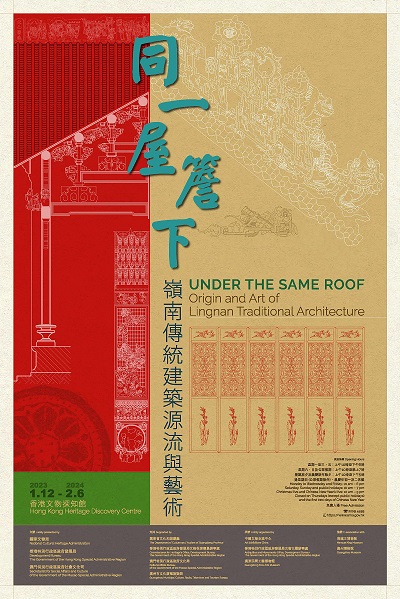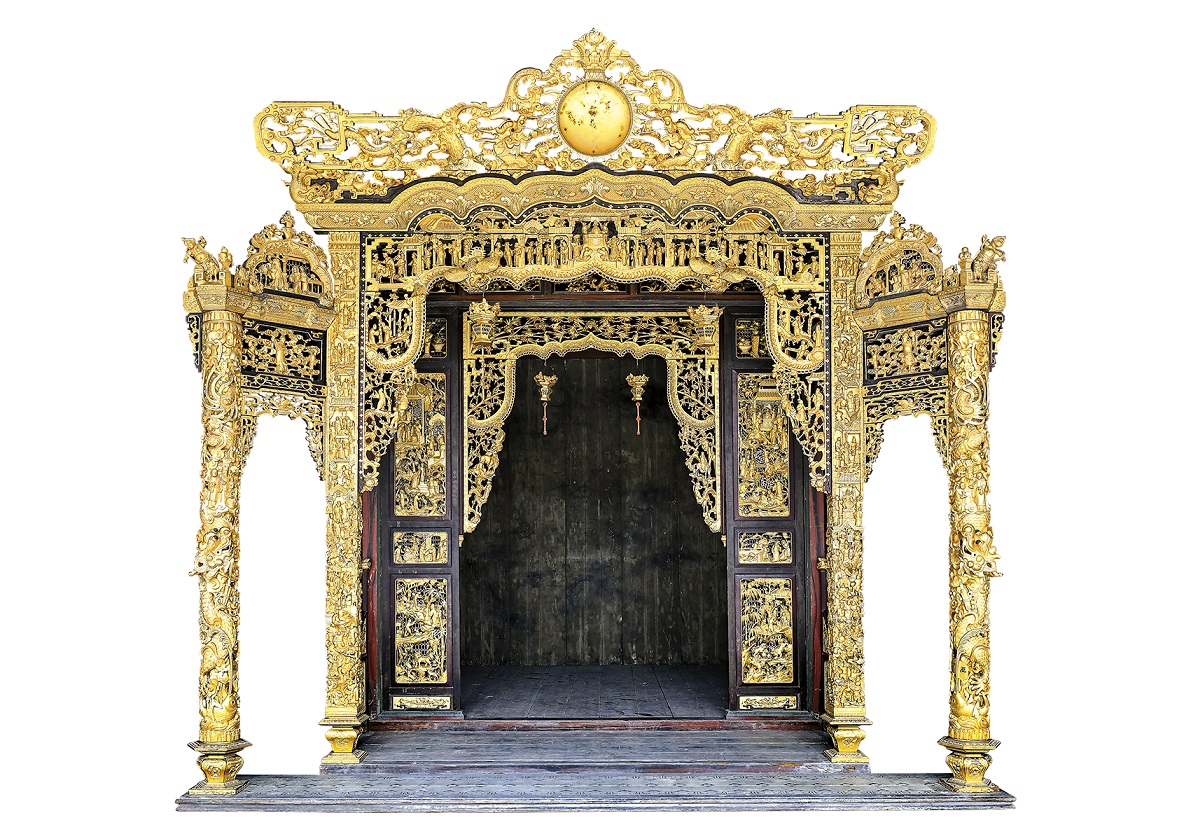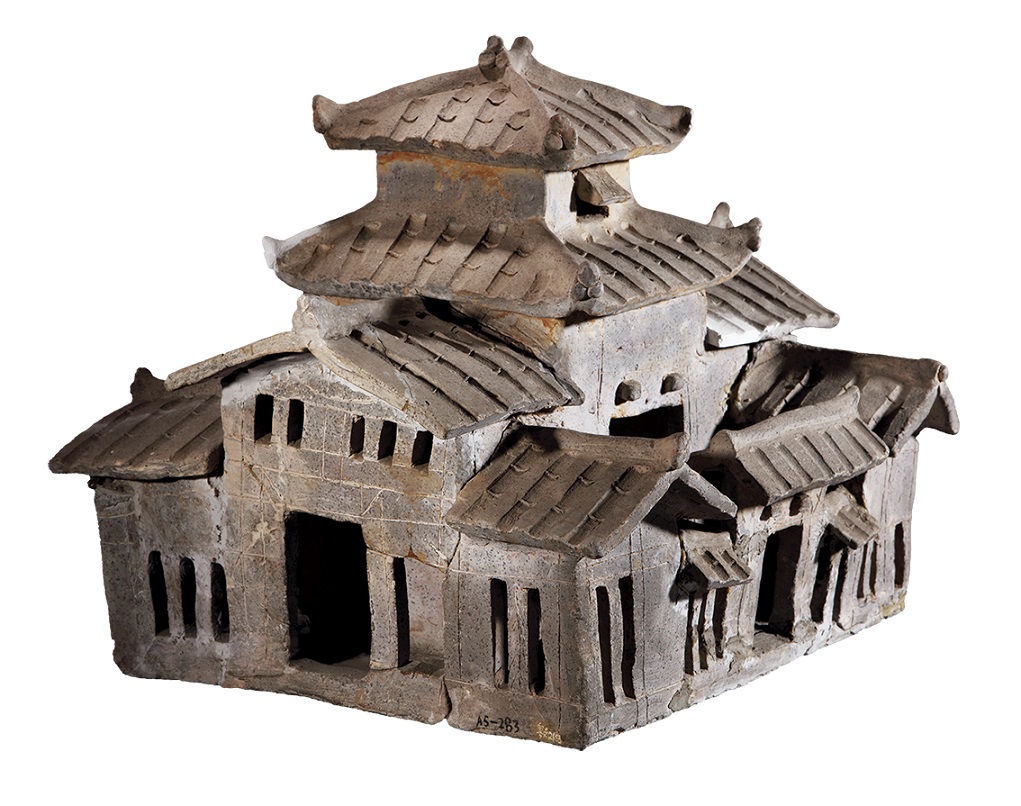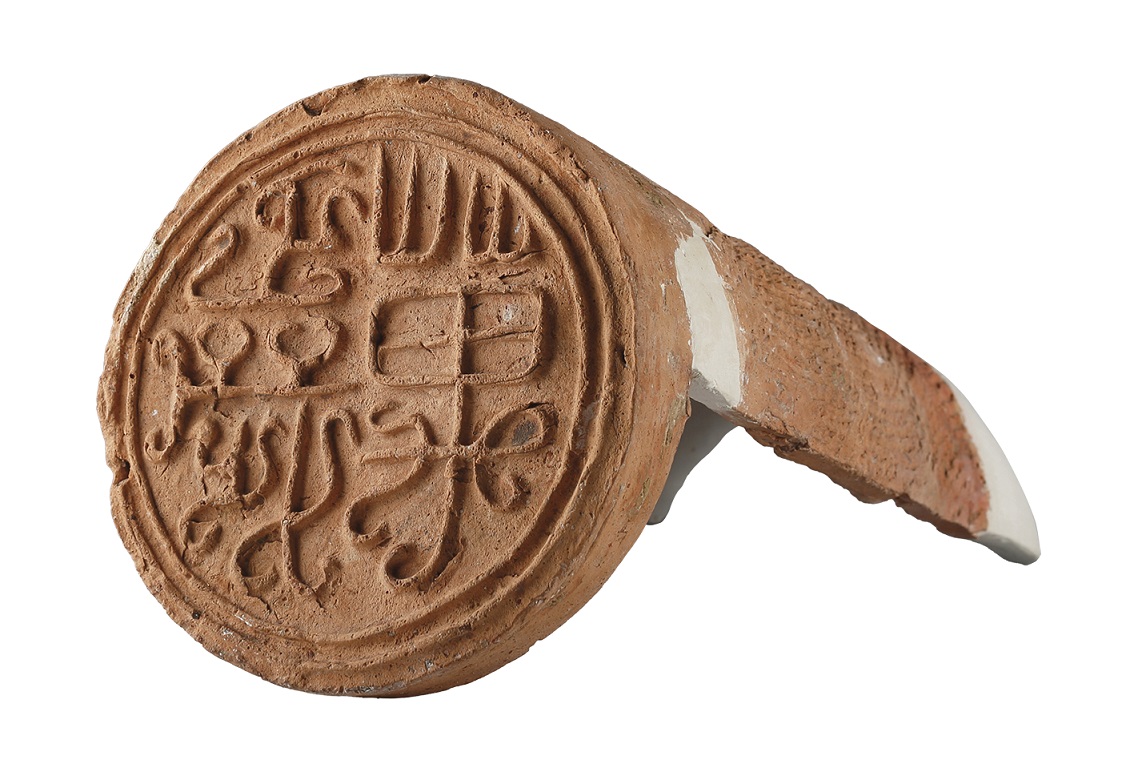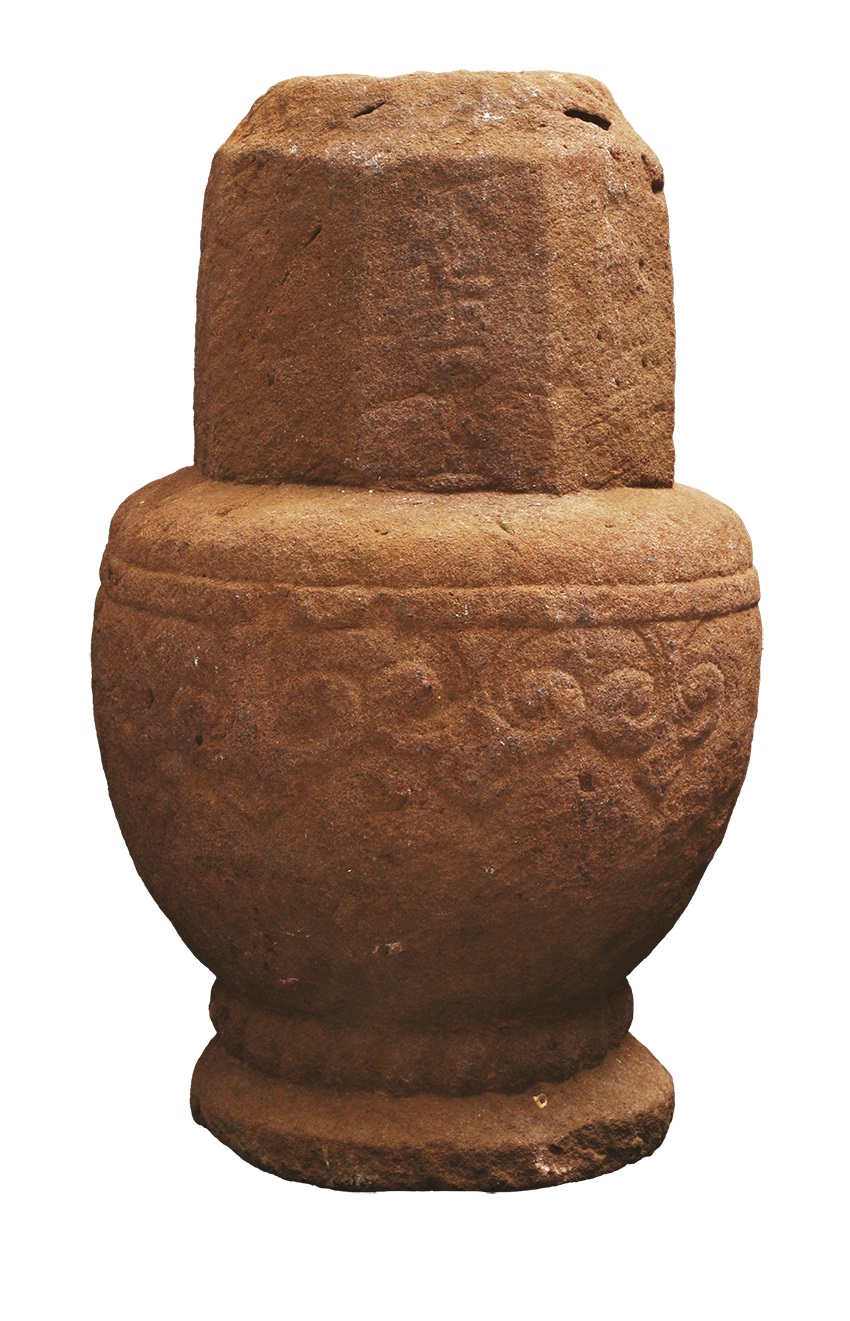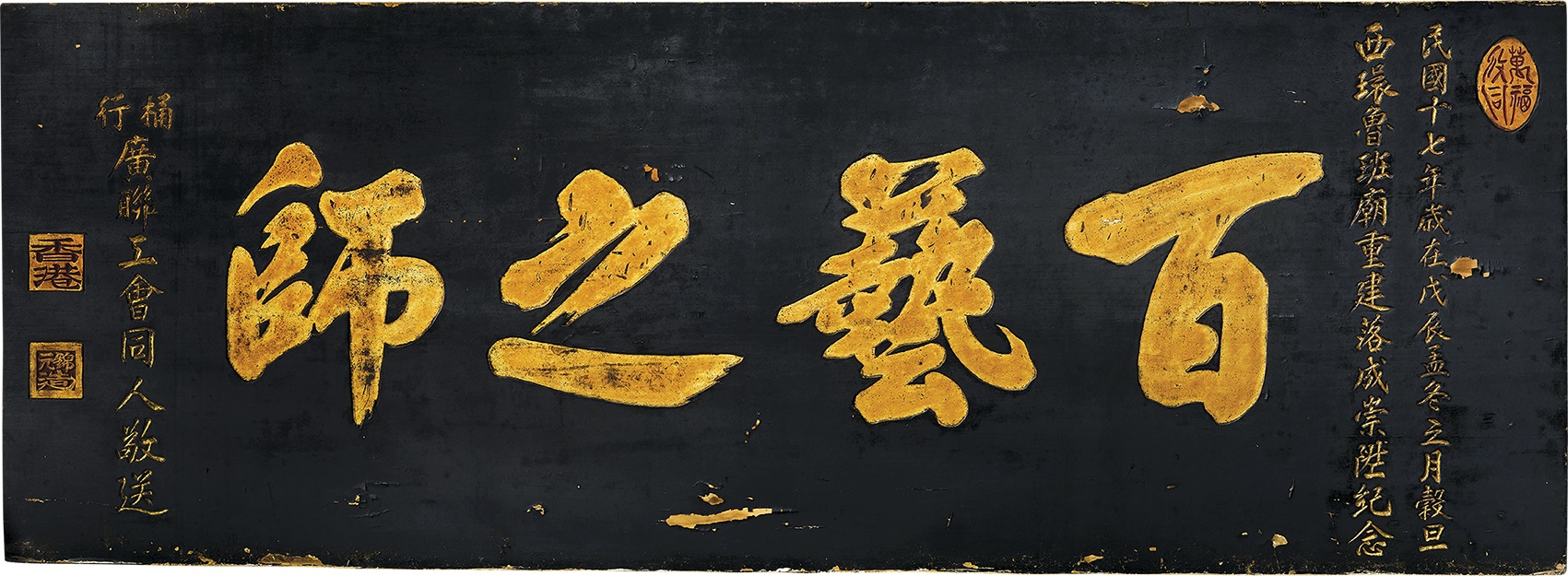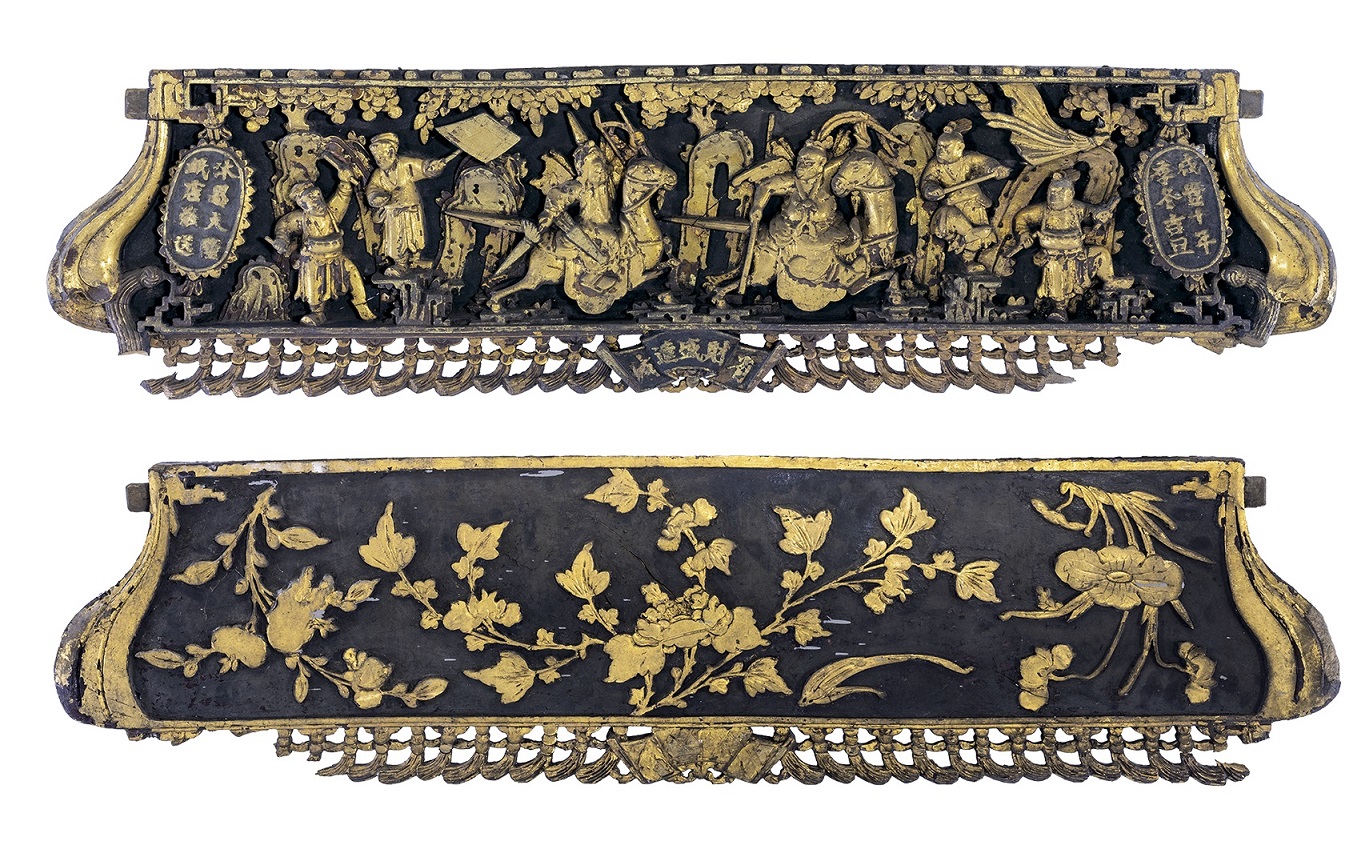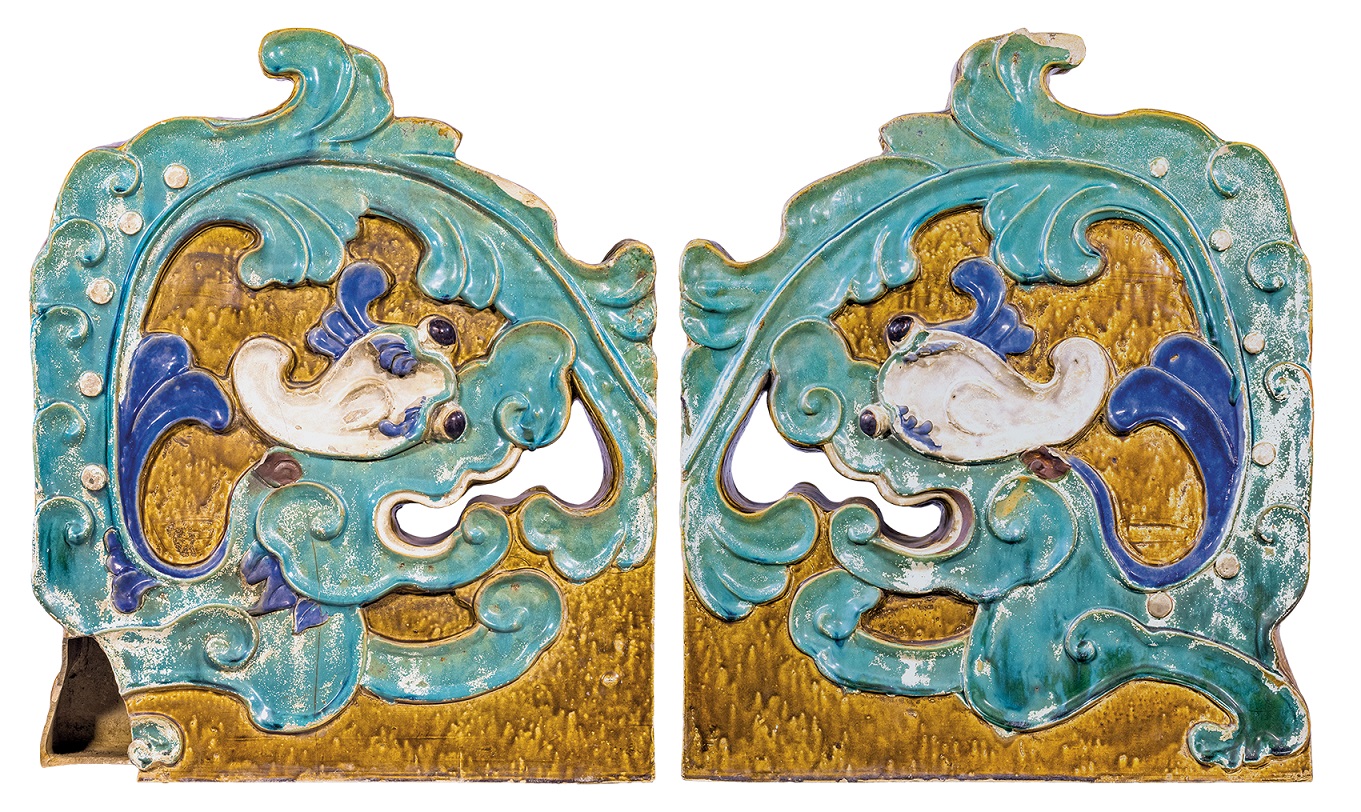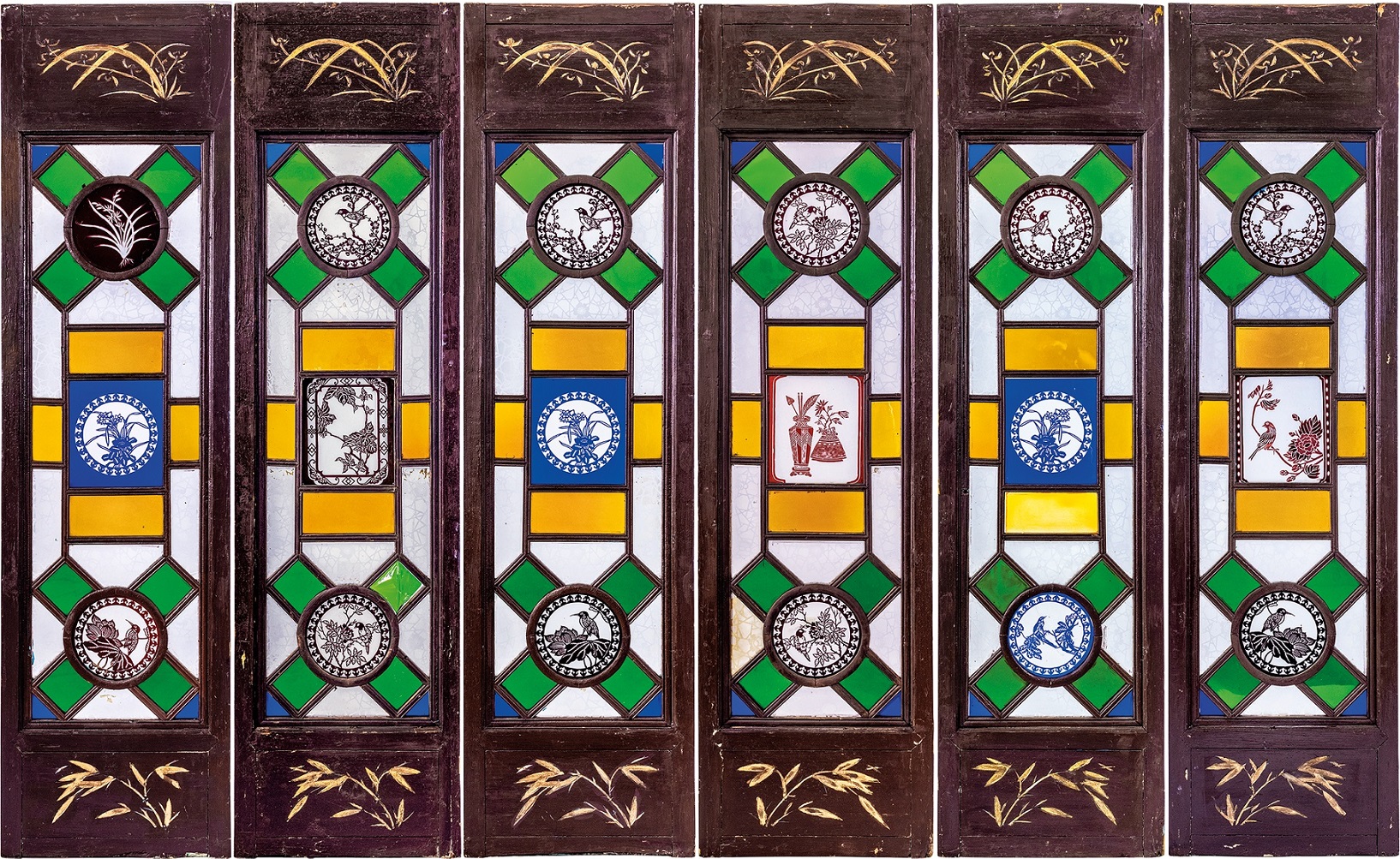The term, “Lingnan”, literally refers to the geographical area south of the Nanling mountains, including the regions now referred to as Guangdong, Guangxi and Hainan, and also Hong Kong and Macao Special Administrative Regions. The Guangdong-Hong Kong-Macao Greater Bay Area has played a significant role in shaping the development of Lingnan culture.
Based on the evidence presented by the remains of stilt structures from the Neolithic period excavated from archaeological sites in Guangdong and Hong Kong, it has been inferred that the architecture of the Lingnan region and that of southern China share the same cultural roots. After Qin unified Lingnan, the more advanced architectural skills of Central Plains spread from the north to the south. The indigenous building culture of Lingnan gradually took on the architectural culture of Central Plains. In the early Western Han dynasty, Nanyue Palace in Guangzhou shifted from using primitive raw materials such as wood, grass and soil to largely adopting bricks and tiles. During the Song and Yuan dynasties, the Lingnan region developed rapidly, thus making culture and education more prosperous, and imperial teaching more popular among the local populace. During the same period, the use of bricks and tiles in vernacular architecture became as common as in Central Plains. The eaves end tiles dating from Song and Yuan dynasties, unearthed from archaeological excavations in Guangdong and Hong Kong, have similar floral patterns popular at that time. This testifies to the Lingnan people’s pursuit of aesthetic beauty and life values.
During the Ming and Qing dynasties, there was a surge in sea trade in Lingnan. Guangzhou remained the most important trading port along the coast of China, serving as a hub for trade and cultural exchange with the West and spearheading economic and cultural development in Lingnan. Typical Central Plains architecture, such as ancestral halls, study halls, temples and Taoist monasteries, spread all over Lingnan. Sharing the same folk customs and traditional craftsmanship, the people of the Greater Bay Area lived in buildings built and decorated in a similar way to those in Central Plains, continuously improved and enhanced. Gradually, a unique style was developed in Lingnan traditional architecture, with distinctive regional architectural features commonly known as “three carvings, two mouldings and one painting”, meaning “wood, stone and brick carvings”, “plaster moulding and pottery sculpture” and “mural painting” respectively. These varied decorative forms added glamour to Lingnan traditional architecture.
Lingnan traditional architecture—which is an integral part of the cultural legacy of the region—is still widely seen nowadays in cities, towns and rural villages of the Greater Bay Area. They display the intelligent use of beam structures in Chinese architectural tradition and bear witness to the historical origins of the region. They also reveal the bonding and the common culture and traditions of the people living under the same roof of traditional architecture throughout the Greater Bay Area.
This exhibition features a stunning collection of 170 pieces/sets of cultural and historical artefacts sourced from esteemed cultural institutions, museums and private collections from across Guangdong, Hong Kong, and Macao. These invaluable artefacts narrate the rich history of Chinese traditional architectural culture and style which is characterized by unique craftsmanship and techniques presented in the wood carving, stone carving, brick carving, pottery sculpture, plaster moulding, and mural painting of traditional Lingnan architecture and reflect the diverse yet unified nature of Chinese culture.
| Date: | 1/12/2023 – 2/6/2024 |
|---|---|
| Venue: | Hong Kong Heritage Discovery Centre |
| Opening Hours: | Monday to Wednesday and Friday: 10am – 6pm Saturday, Sunday and public holidays: 10am – 7pm Christmas Eve and Chinese New Year’s Eve: 10am – 5pm Closed on Thursdays (except public holidays) and the first two days of Chinese New Year |
|
Free Admission |
|
